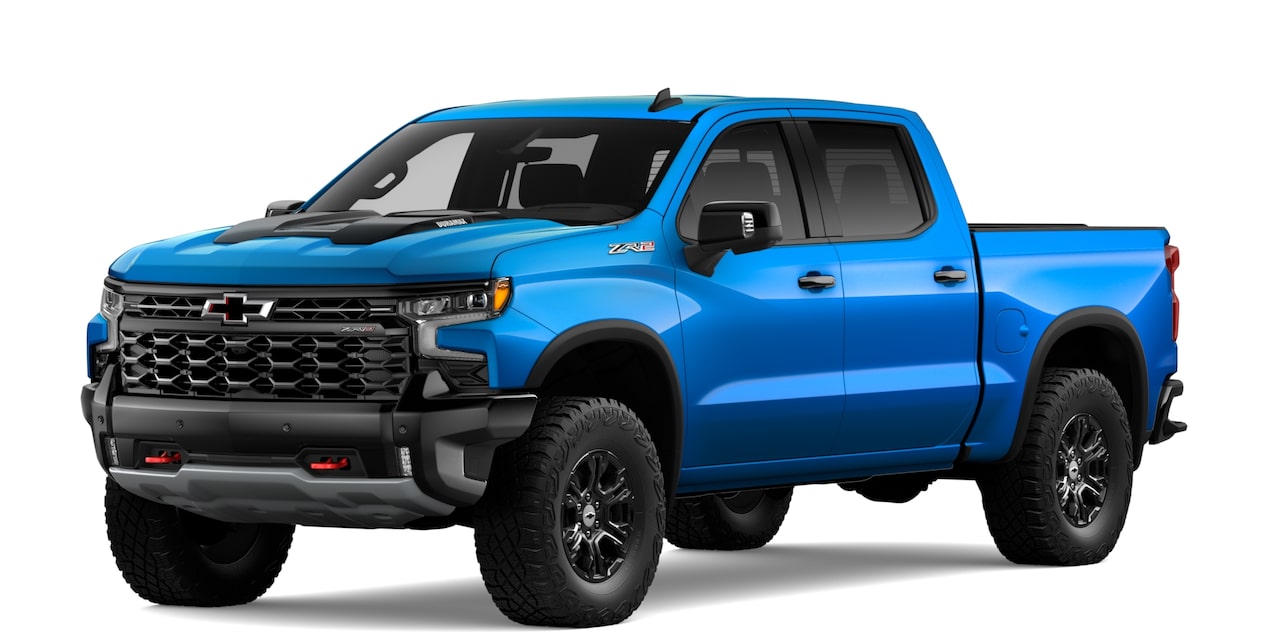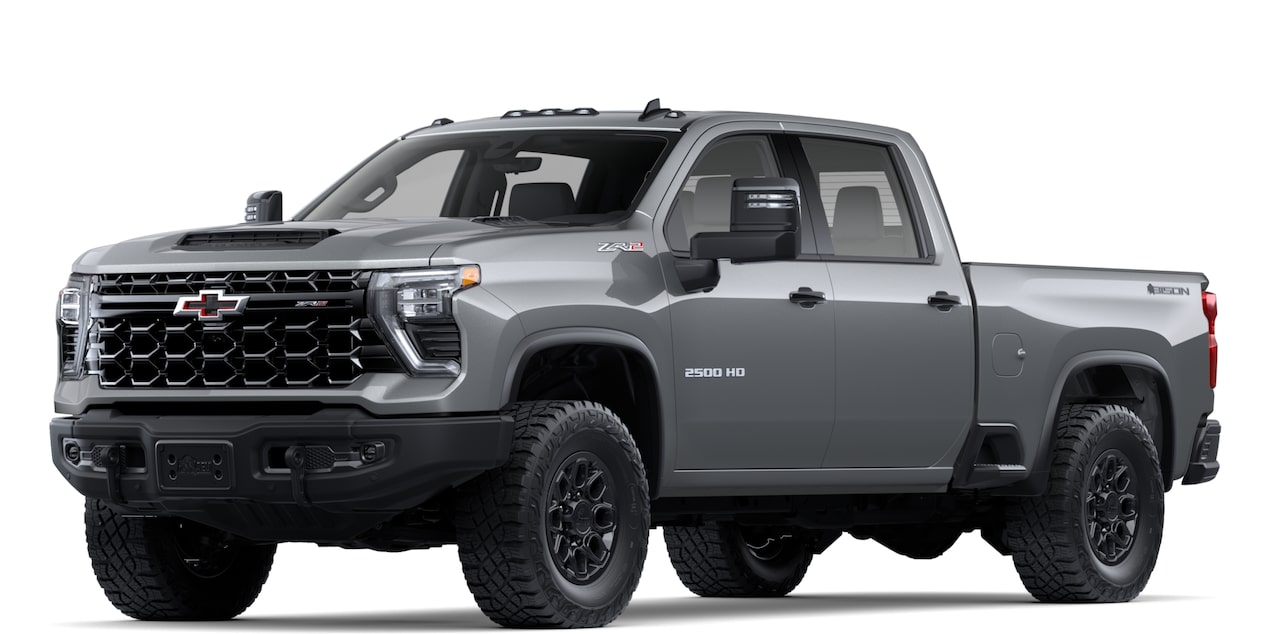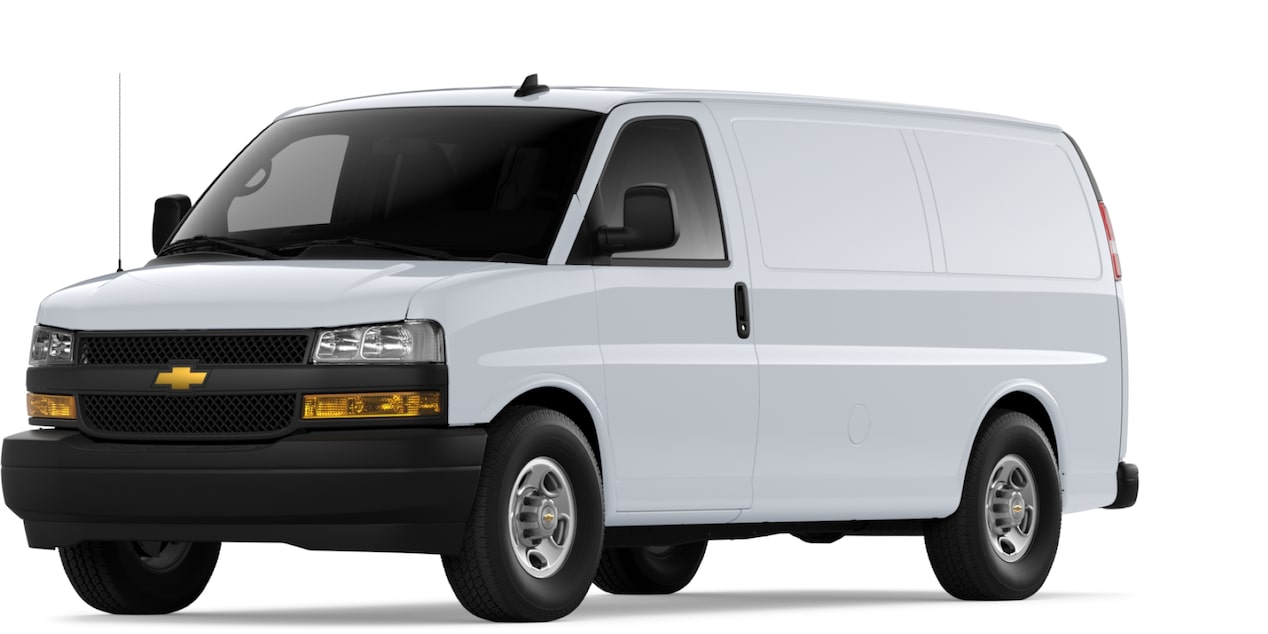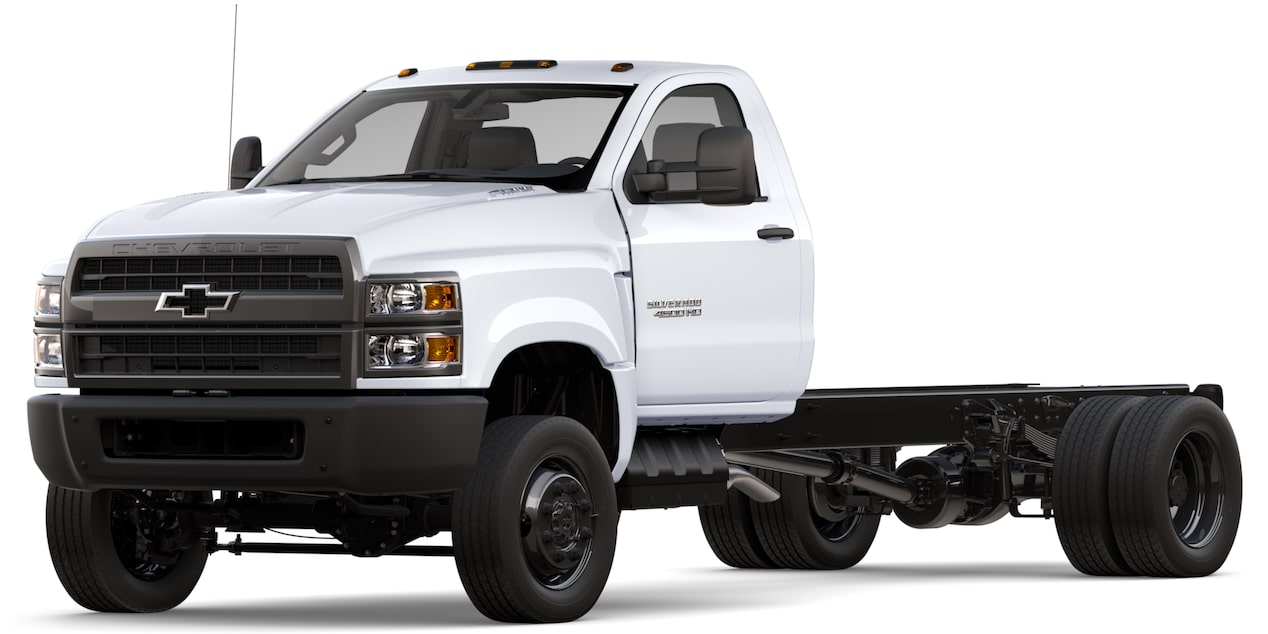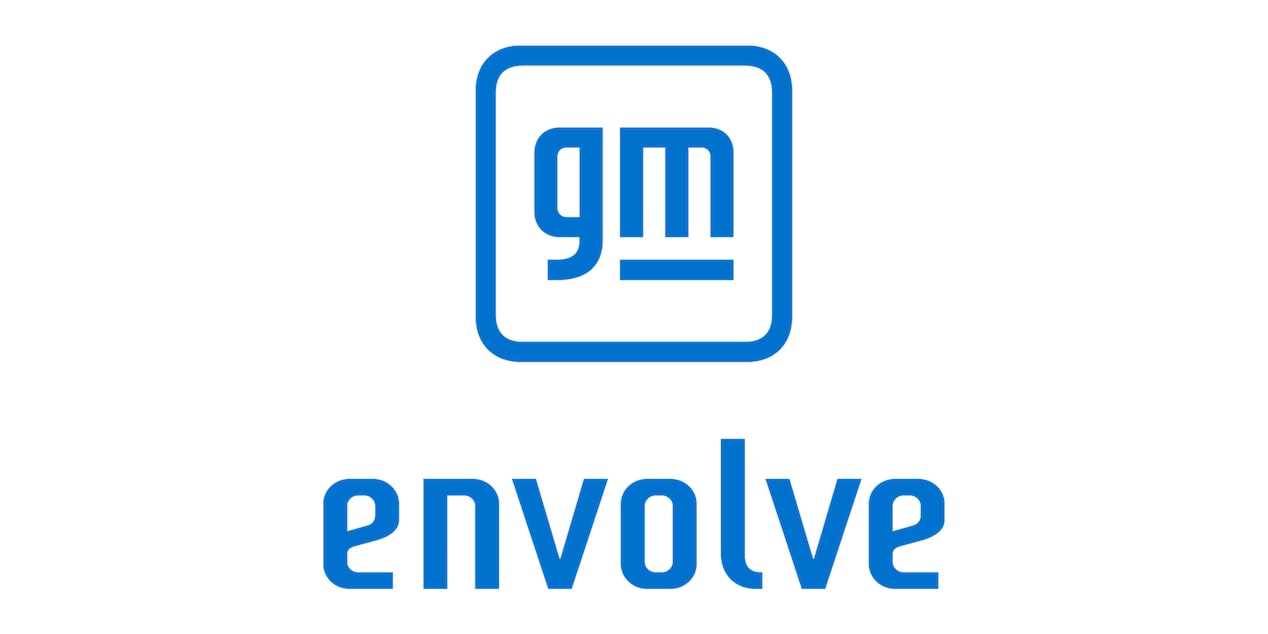Early Development
1958
Chevrolet introduced the cast iron Mark I W-Series for passenger vehicles and light trucks while serving as a massive statement for where big-blocks could go.
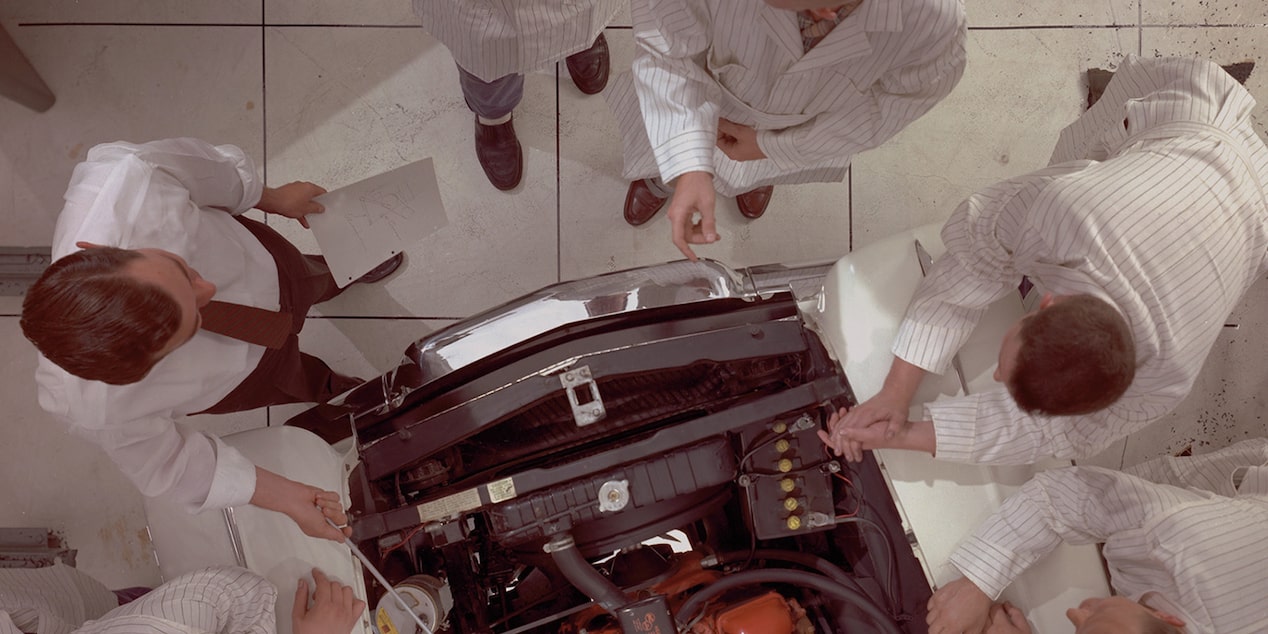
1958
An iteration of the W-Series, the 348 briefly held the rank as Chevrolet’s top performing engine as it propelled trucks and heavy passenger cars.
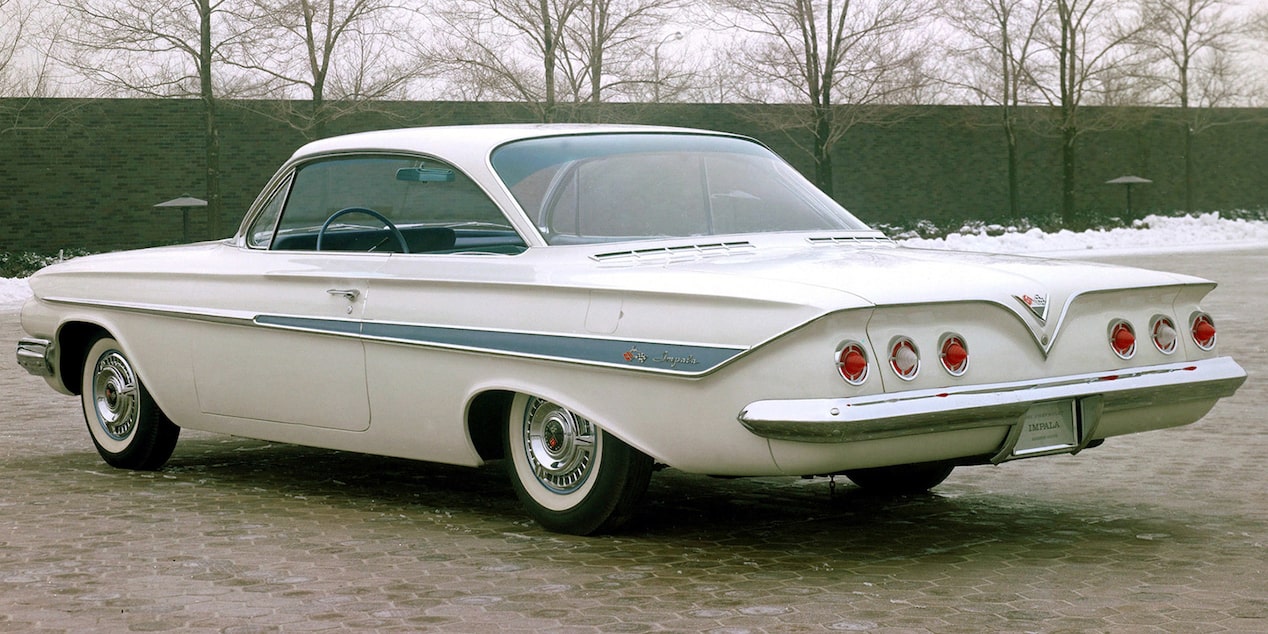
1961
The Chevrolet 409 came equipped with the Impala SS, feeding the classic car 360 hp while having its legacy sealed by the Beach Boys’ song “409.”
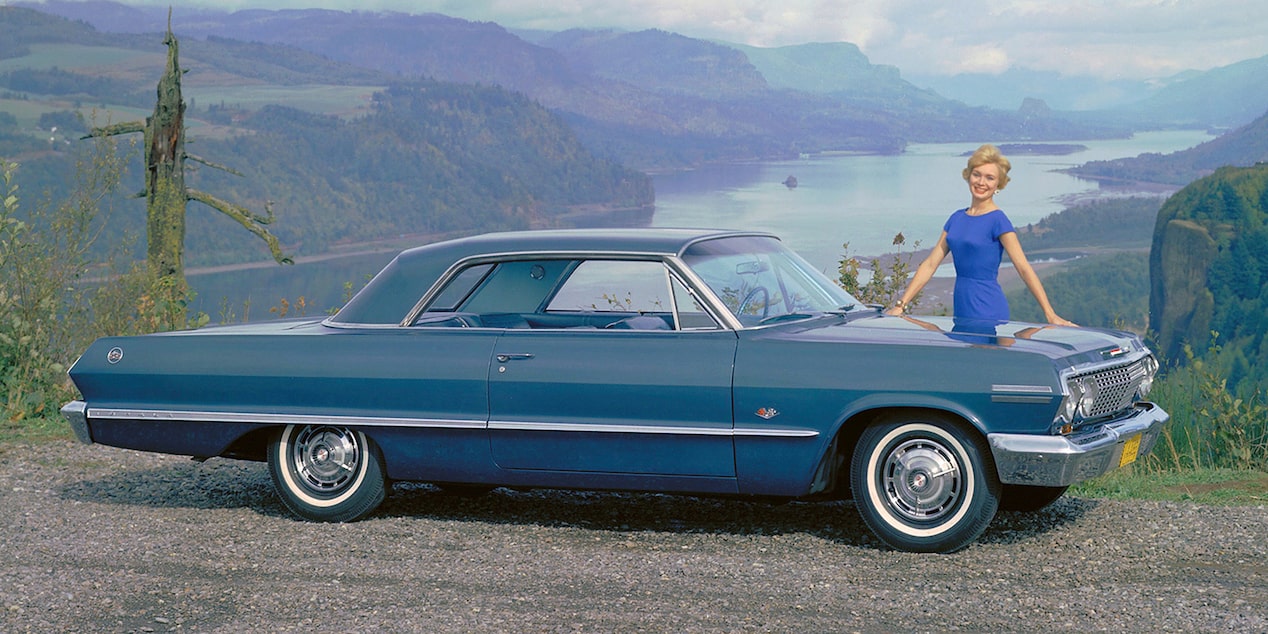
1963
Taking the 409 a step further, Chevrolet offered the 427 as a special package for drag racers and
1963
After a short production run, Mark II quickly became known for hitting incredible speeds and surpassing the known W-series powered cars as a race-only engine — the engine is also known as the Mystery Motor and the Turbo-Jet V-8.
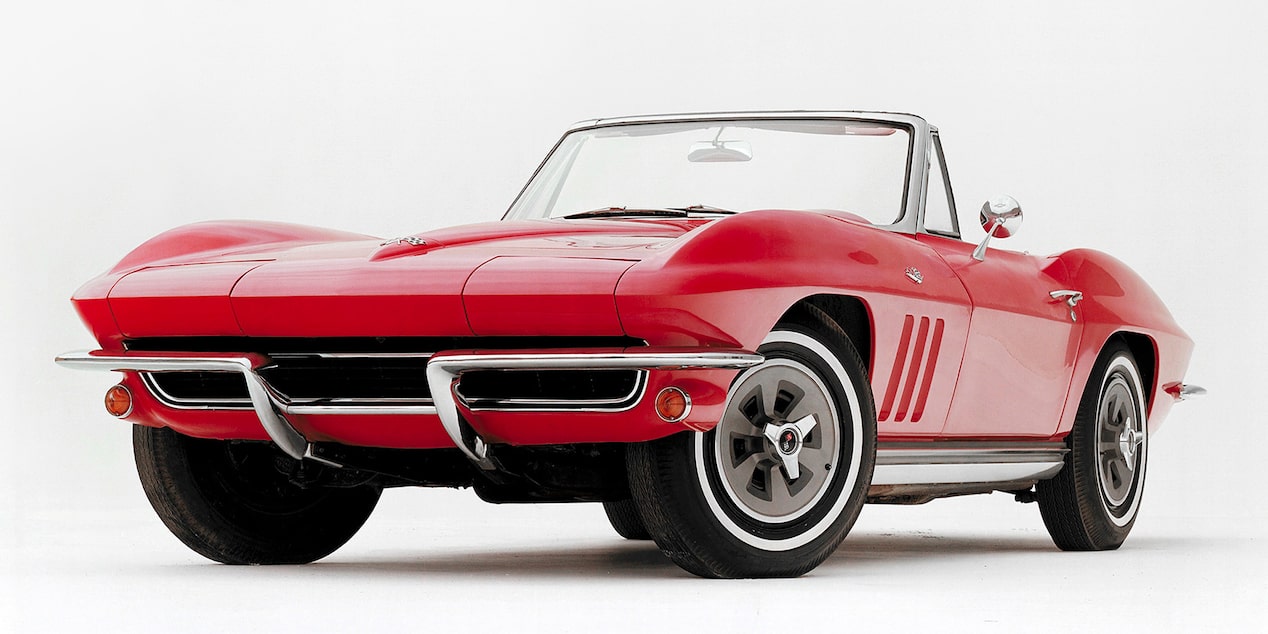
1965
The new Mark IV, nicknamed the porcupine engine for its angled valves, delivered impressive horsepower under the hoods of a wide range of GM vehicles.
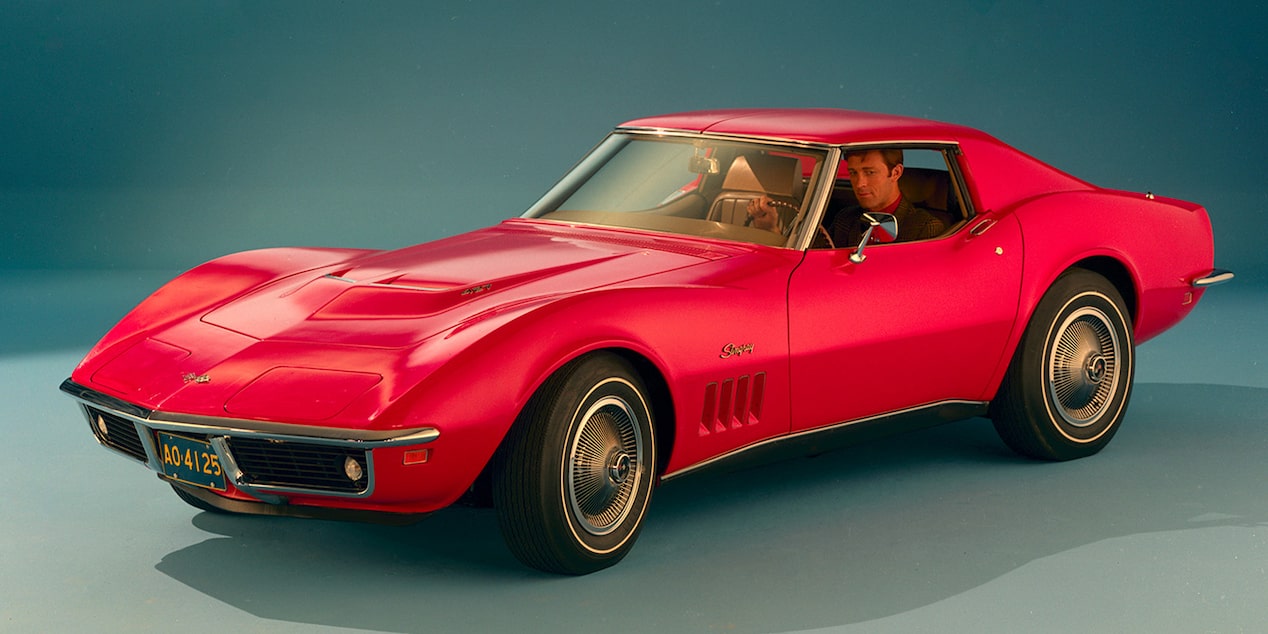
1969
Chevrolet developed the ZL1 Mark IV 427 for racing, featuring a hot camshaft, aluminum open combustion chamber heads and a lightweight aluminum water pump, all to give an edge to Corvettes, Camaros and the McLaren M8B.
1970
The Mark IV 454 serves as the bedrock for the modern big-block, elevating the Corvette, Camaro and Chevelle to victories on the track while simultaneously serving a range of cars and trucks with power and reliability.
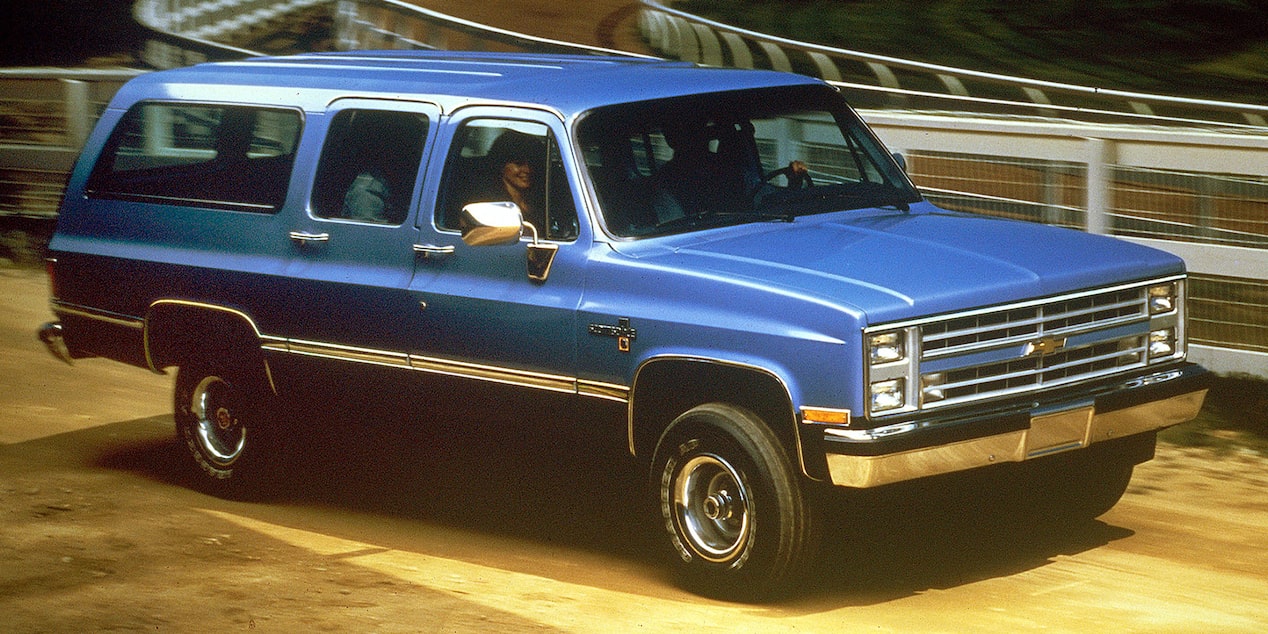
1987
Exclusively built for trucks, the 454ci/L19 introduced EFI engines to improve vehicle efficiency and comply with emissions regulations.
Gen V
1991
The Gen-V big blocks received significant redesigns and upgrades, including one-piece rear seals 4-bolt mains, non-adjustable valvetrains and cast aluminum valve covers for the 6.0 L50, L19, 502, ZZ572 and ZZ632.
1991
Chevrolet’s 502 proved a reliable and powerful engine option for a range of cars, trucks and marine applications offering fuel injection and a turnkey setup.
Gen VI
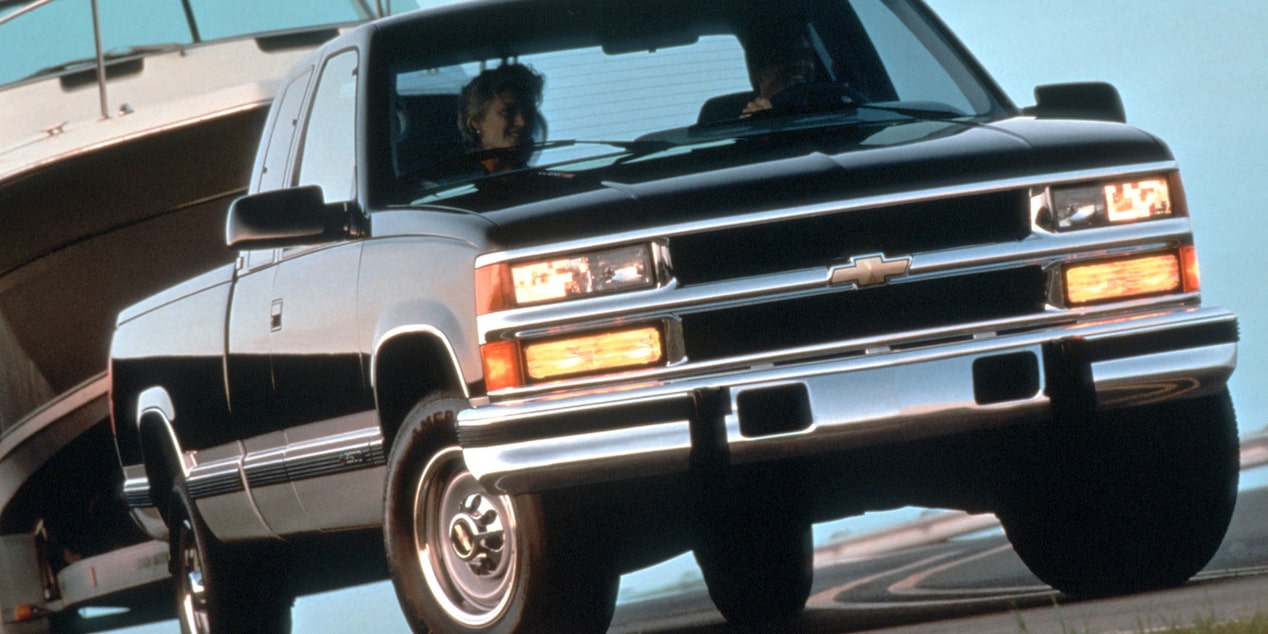
1996
The Gen-VI Vortec 7400 engines, a cousin to the 454, boasted a multi-port fuel injection to power Chevrolet and GMC Trucks with improved fuel economy compared to previous big-block generations.
1998
As a new engine developed for GM Performance Parts, the ZZ572 sported 620 hp and 650 lb.-ft. of torque in variants for street and racing applications.
Gen VII
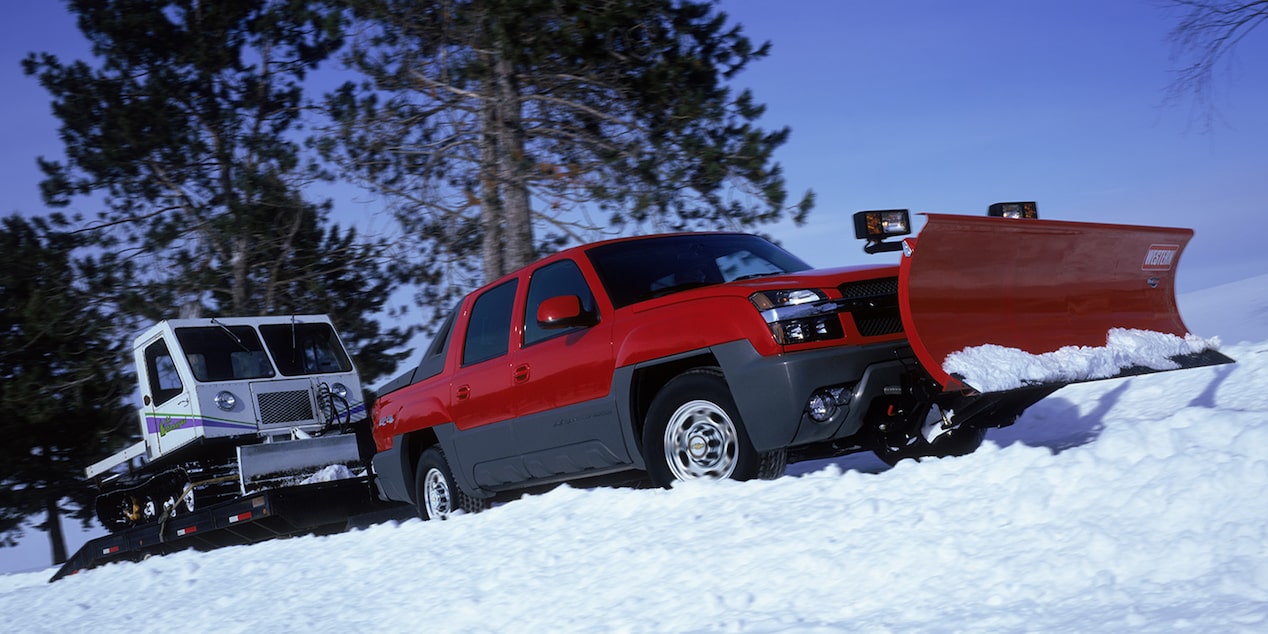
2001
Powering everything from Chevrolet and GMC trucks to motor homes and marine applications, the Vortec 8100 L18 improved on the previous generations of big-blocks as one of the most reliable gas engines for applications that need maximum hauling capacity.
2021
Chevrolet Performance shaped the biggest most powerful crate engine in its history; the ZZ632 produces an astonishing 1004 horsepower and 876 lb.-ft. of torque.


